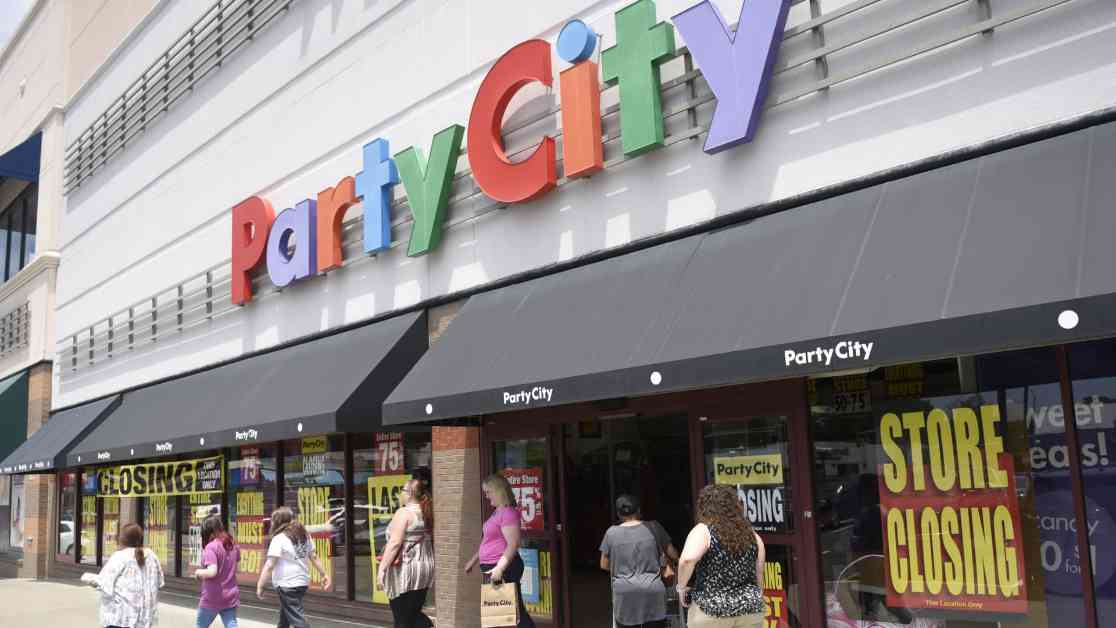Retail Apocalypse: Record Number of Store Closures in the U.S.
The retail landscape in the United States is experiencing a seismic shift as a record number of stores are closing their doors amid the ongoing pandemic. According to the latest analysis by Coresight Research, major retailers like Party City and Macy’s shuttered a staggering 7,325 stores in 2024, marking the highest level since the start of the pandemic. The trend shows no signs of slowing down, with an additional 1,925 store closures announced just in the first weeks of 2025.
Top Retailers Facing Closure
The five retailers leading the charge in store closures this year are Party City, Big Lots, Walgreens Boots Alliance, 7-Eleven, and Macy’s. These closures are part of a larger trend that is expected to see a total of 15,000 stores shut their doors this year. Legacy brands are shrinking, filing for bankruptcy, or undergoing restructuring as the industry continues to evolve.
Impact on Retailers and Consumers
The closure of thousands of stores has highlighted a growing disparity between retail giants like Amazon, Costco, and Walmart, which have seen increased market share, and smaller chains that are struggling to stay afloat. The shift in consumer preferences towards value and convenience has led to a redistribution of spending, with fewer retailers capturing a larger share of the market.
Challenges Faced by Specialty Retailers
Specialty retailers have been hit particularly hard, with companies like The Container Store, Big Lots, and Joann filing for bankruptcy protection. The changing retail landscape and competitive threats have forced many retailers to reevaluate their business models and adapt to shifting consumer demands.
Future Outlook for the Retail Industry
Industry experts predict that more stores will continue to close than open in the U.S. as online sales and larger companies dominate the market. Retailers are facing challenges in adapting to new consumer behaviors and preferences, leading to a wave of closures and bankruptcies across the industry. As the retail landscape continues to evolve, it remains to be seen how companies will navigate these challenges and emerge stronger in the post-pandemic world.



















